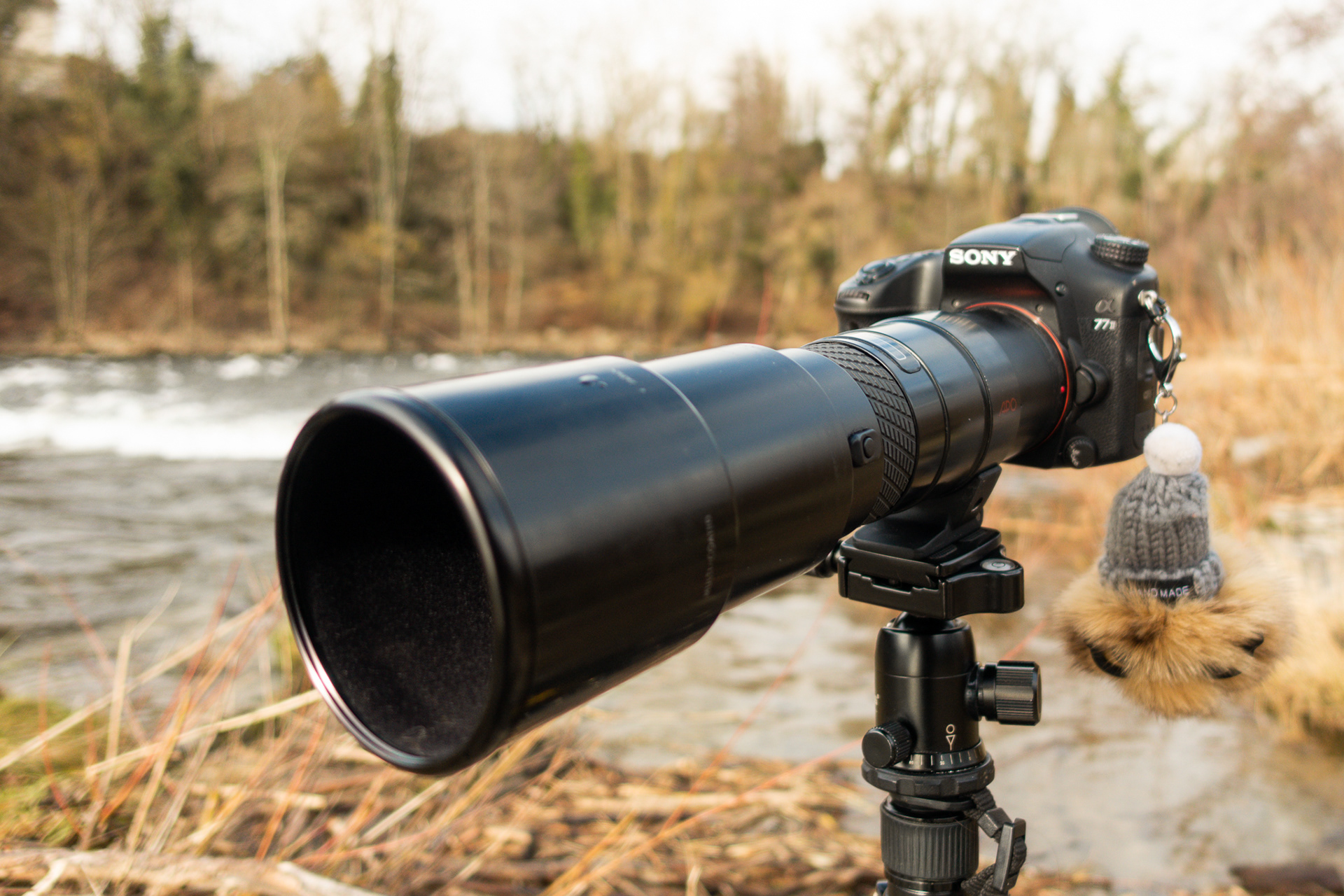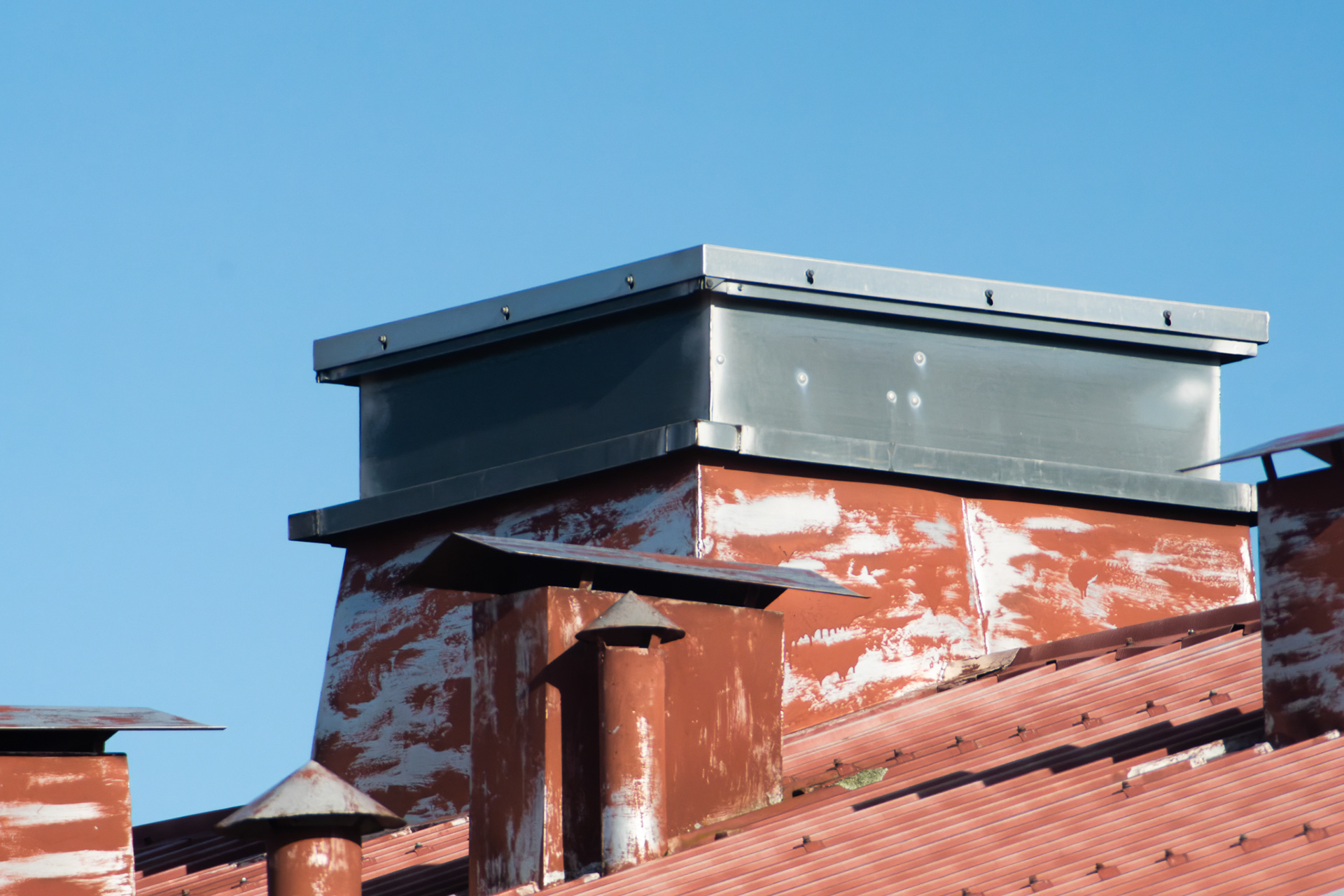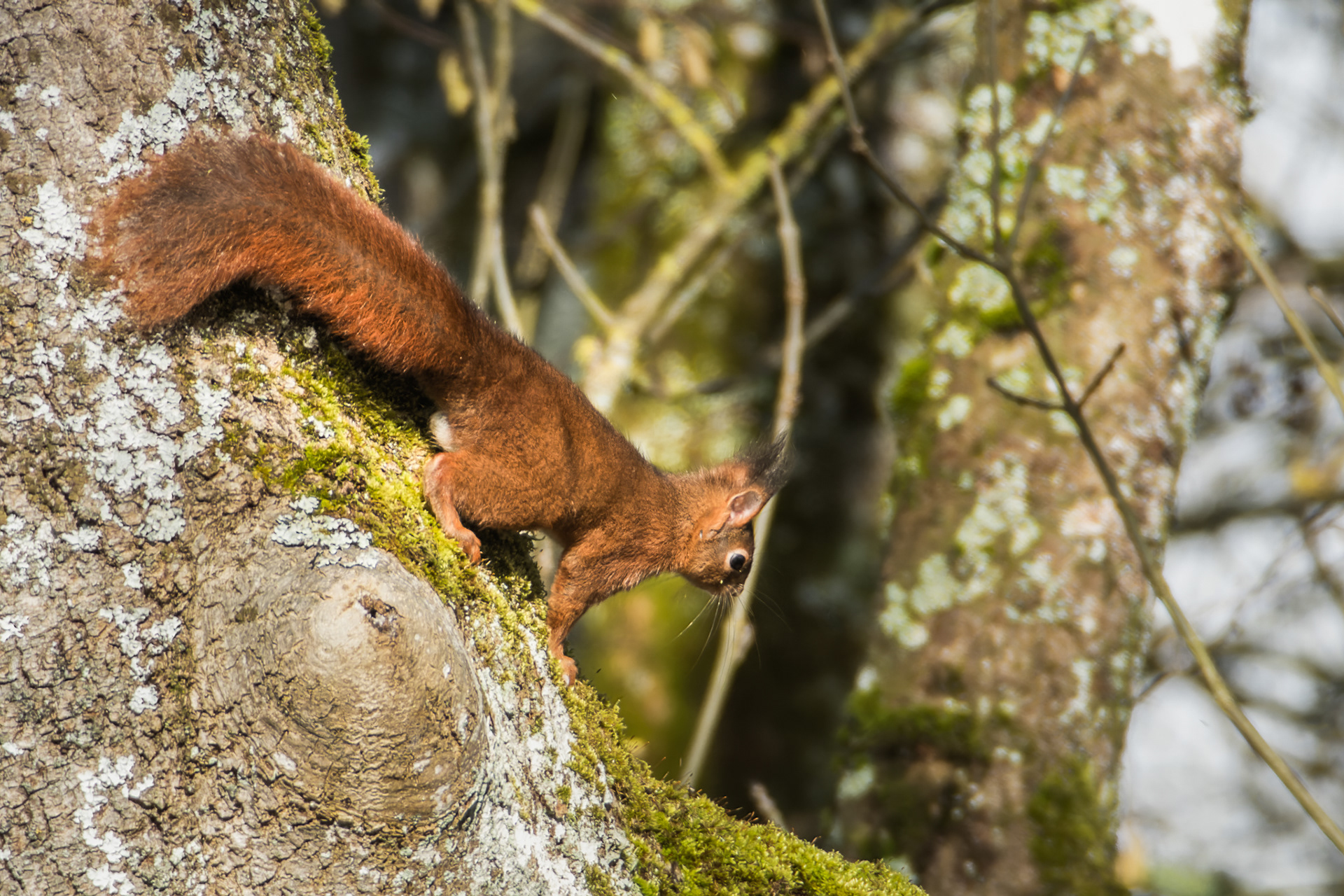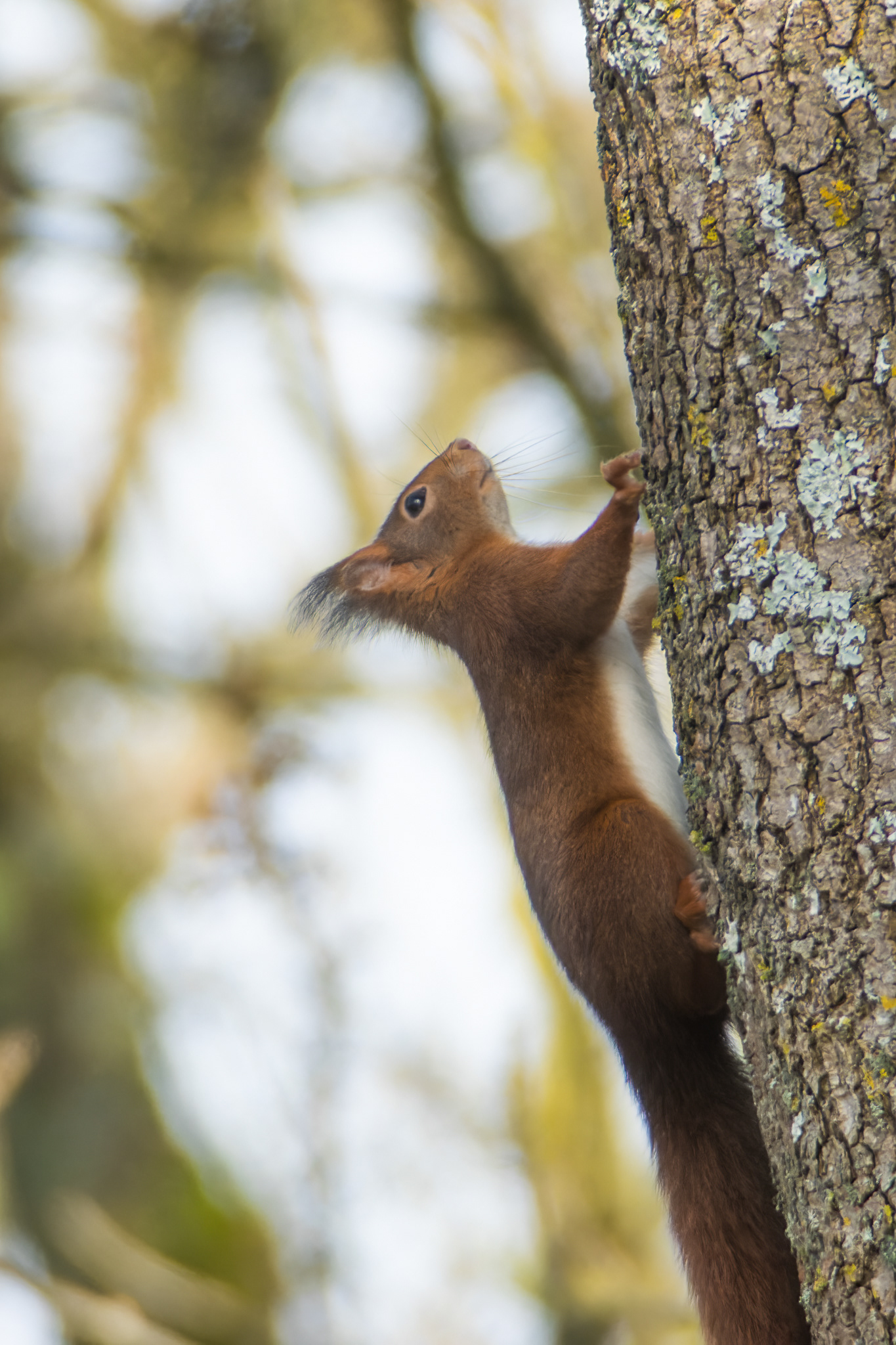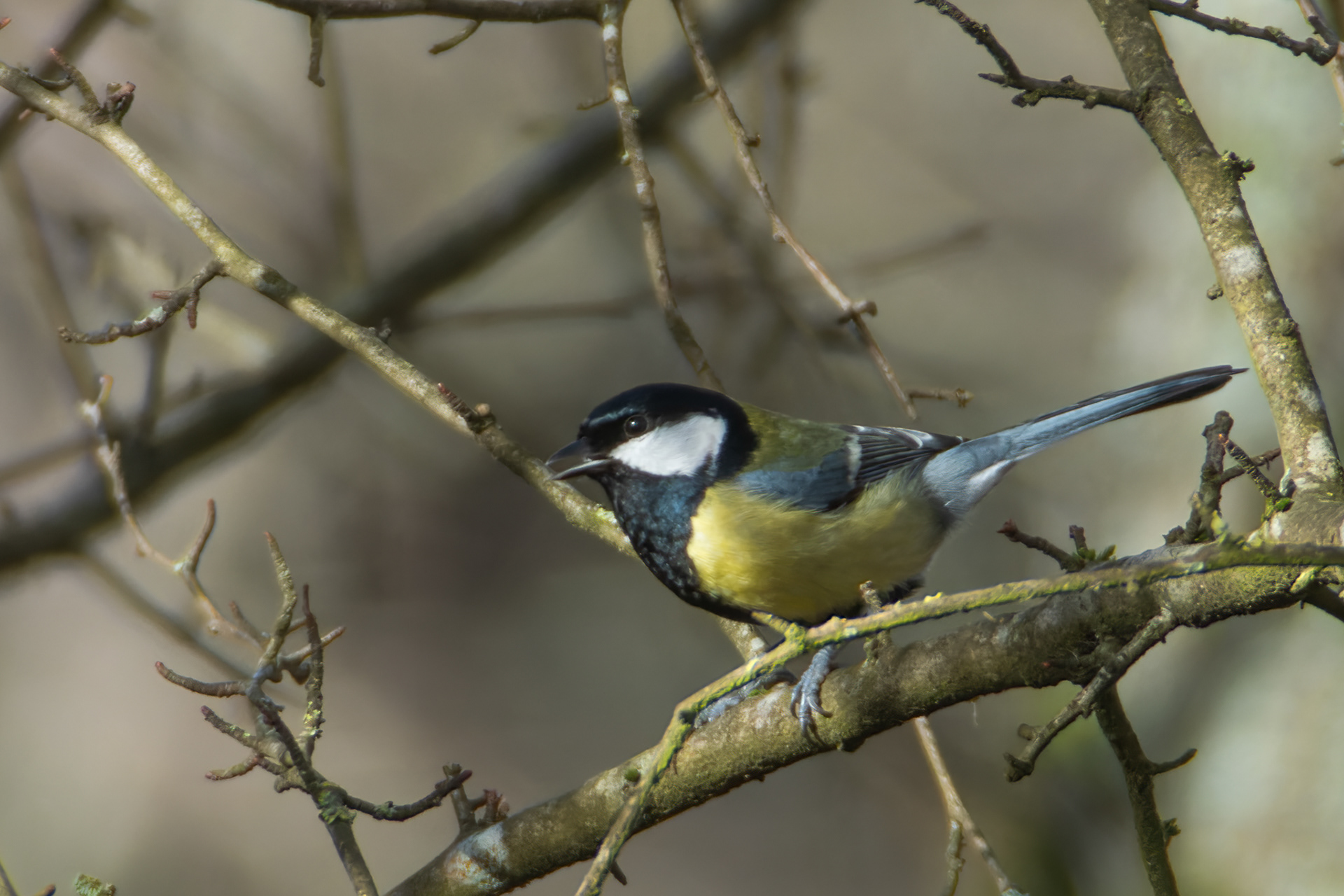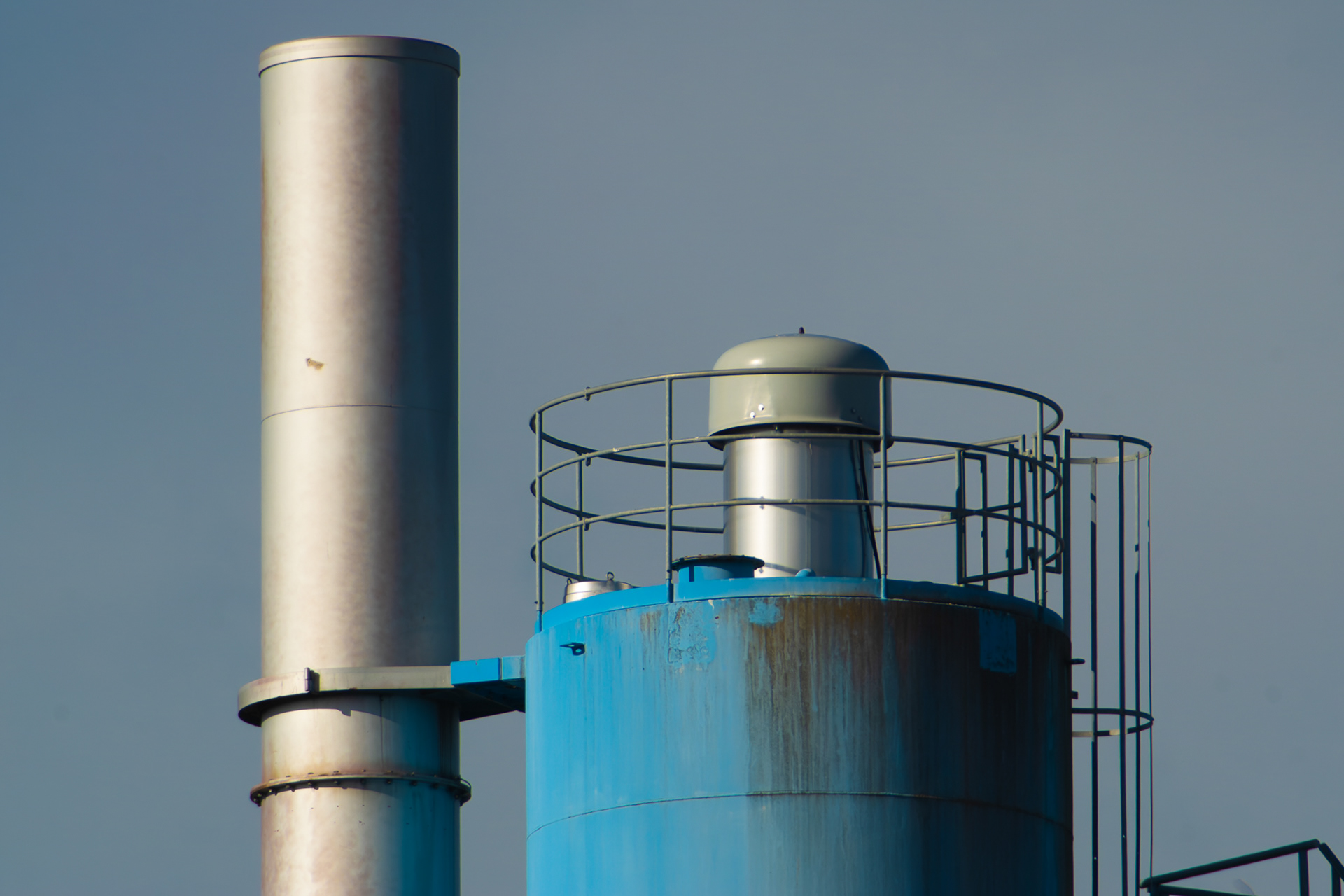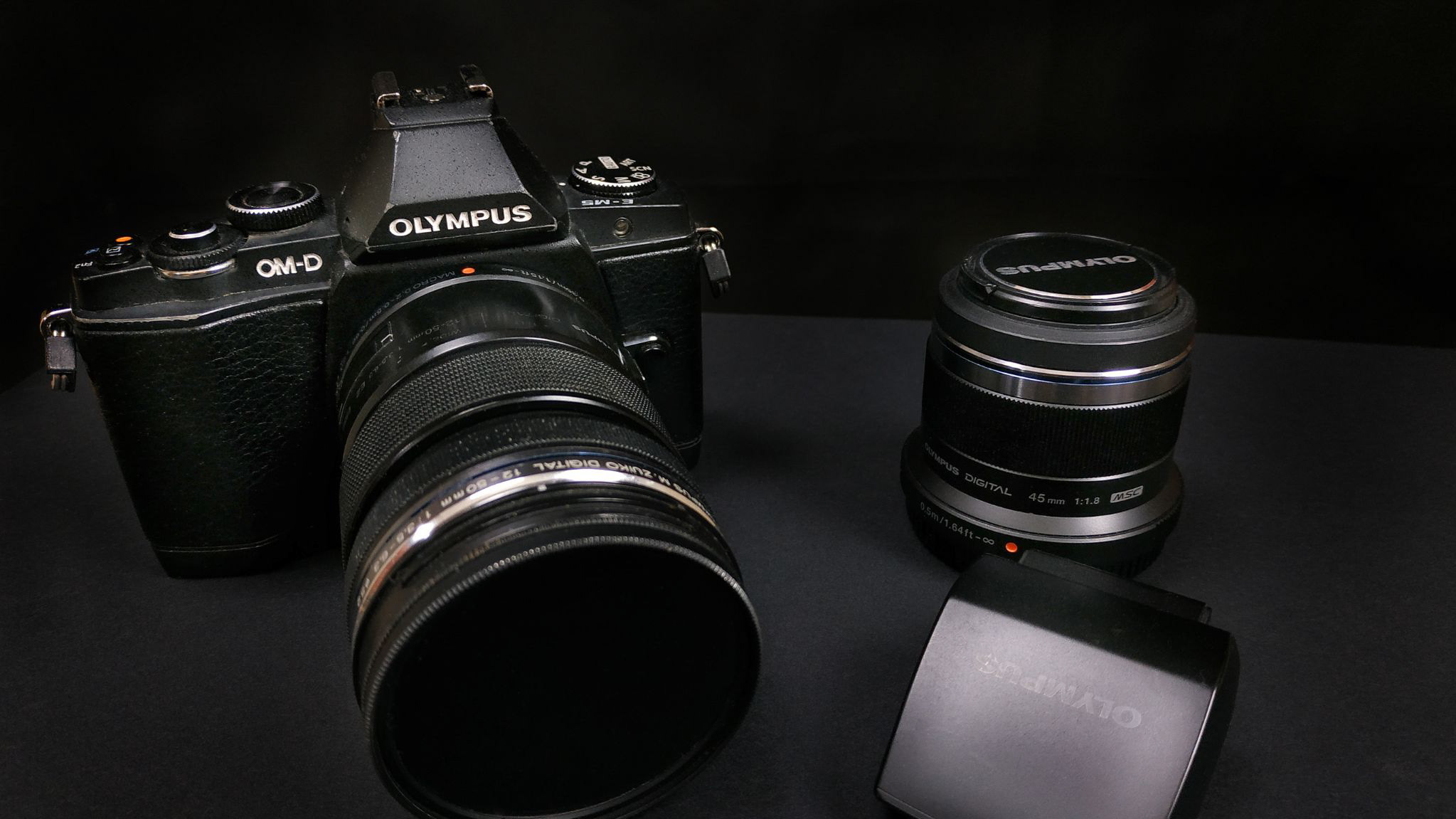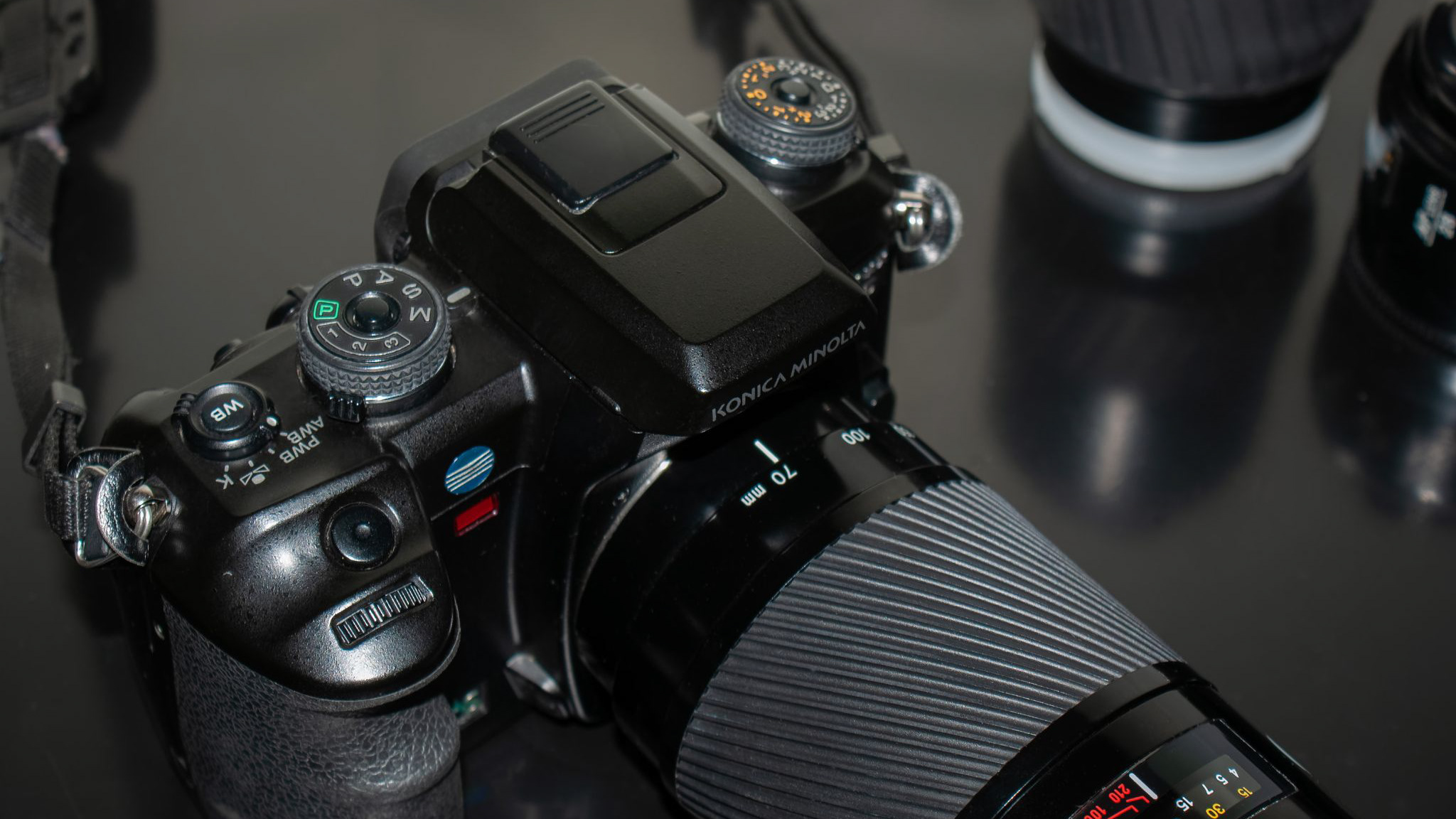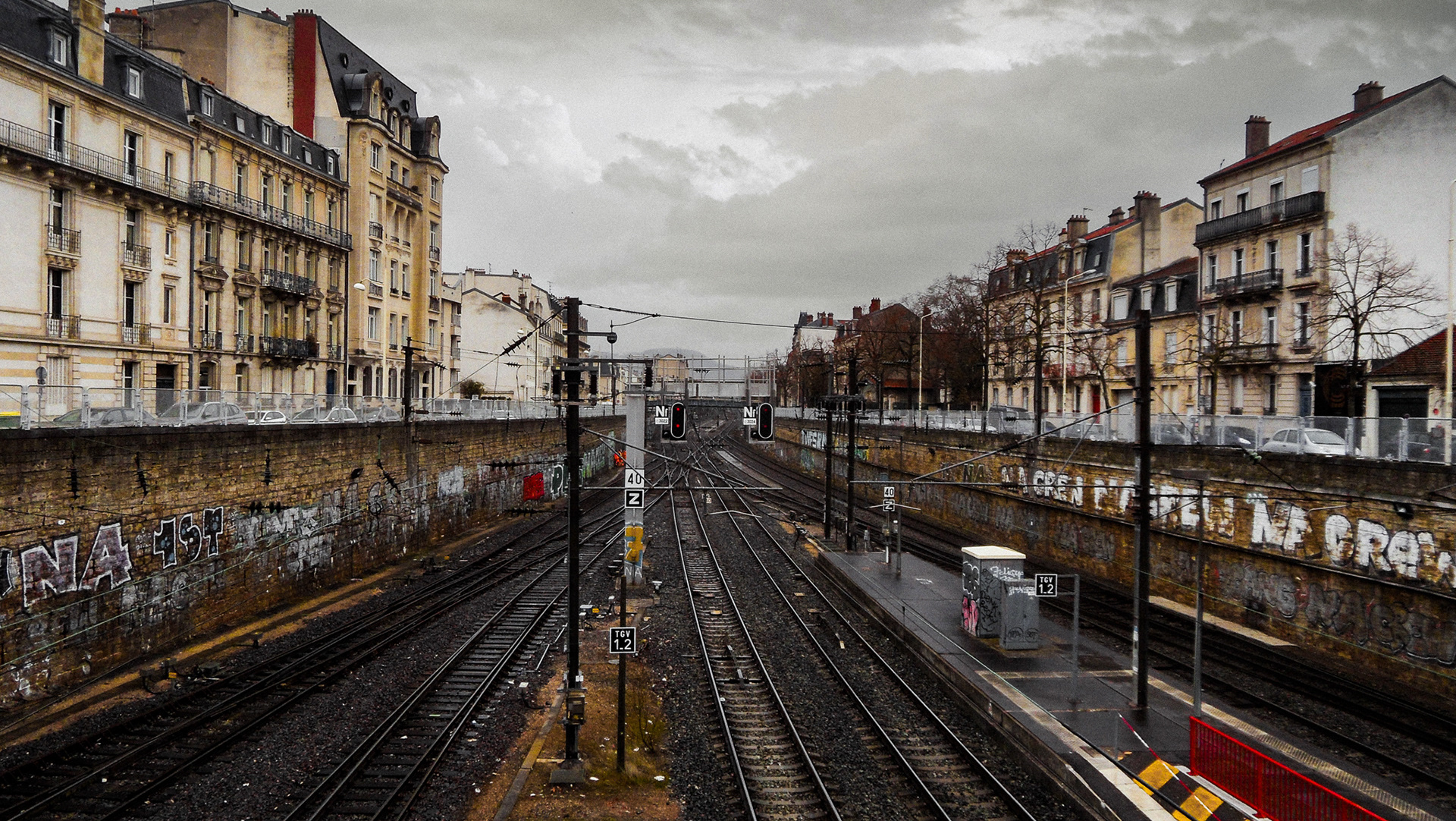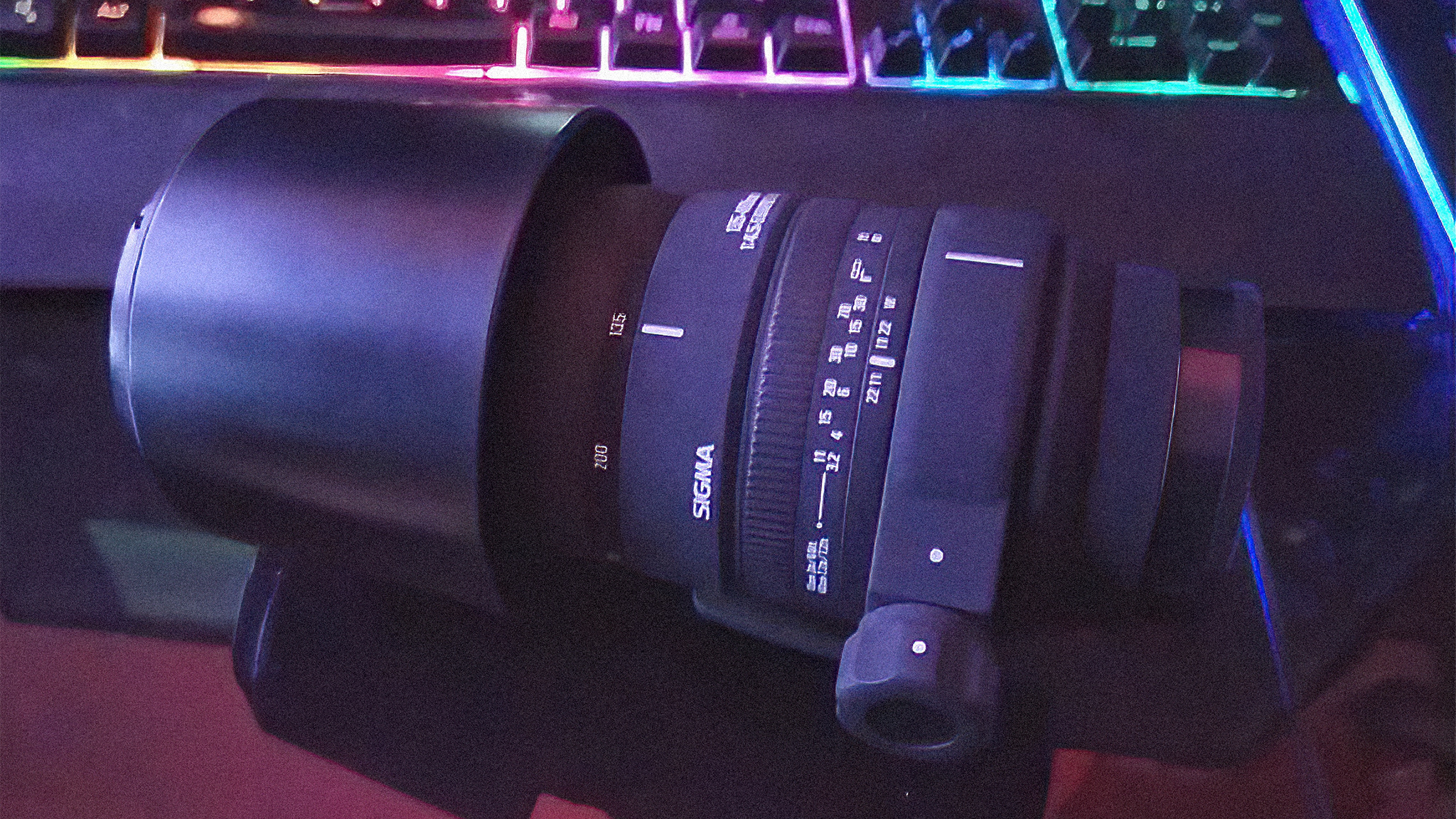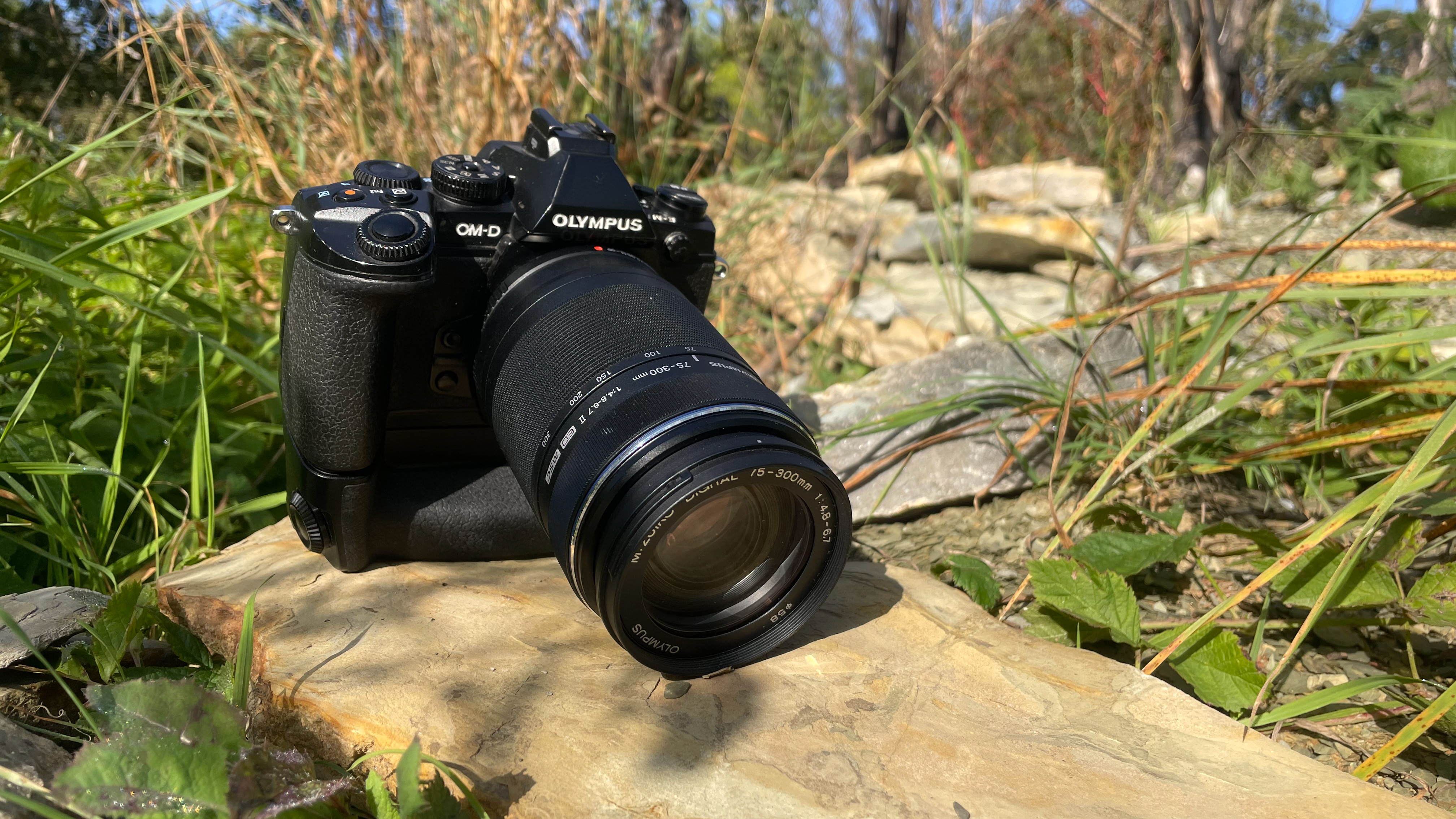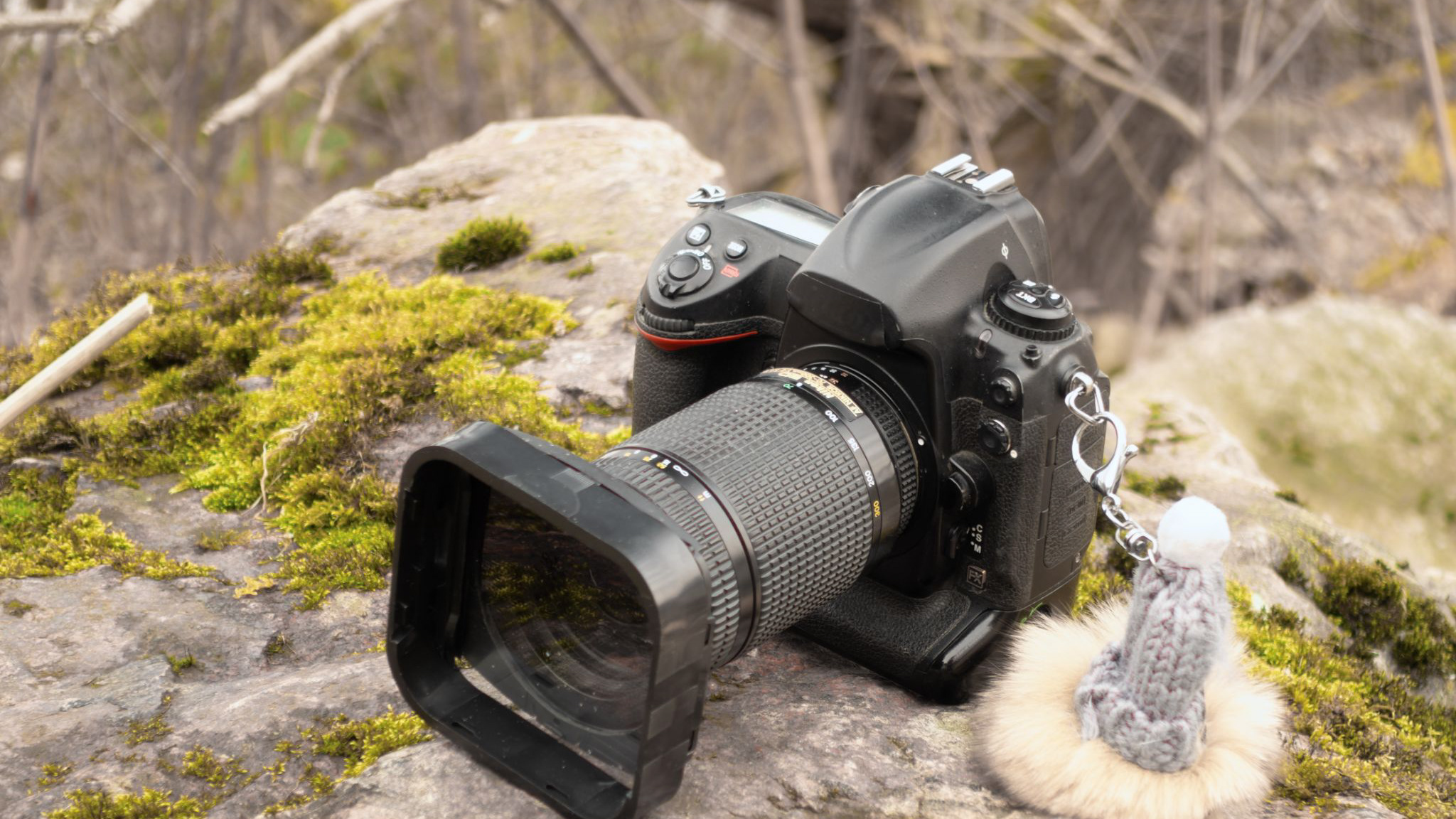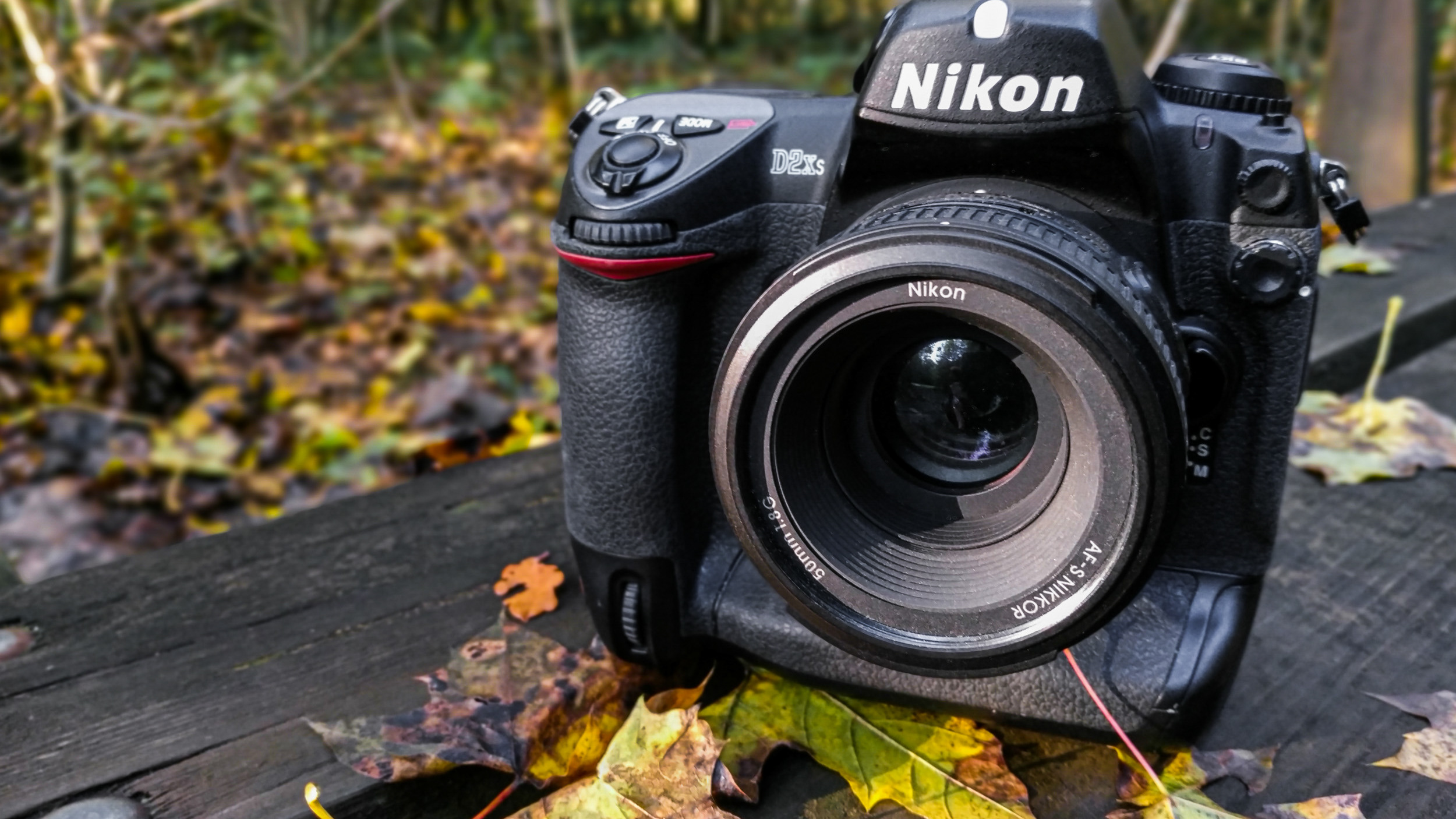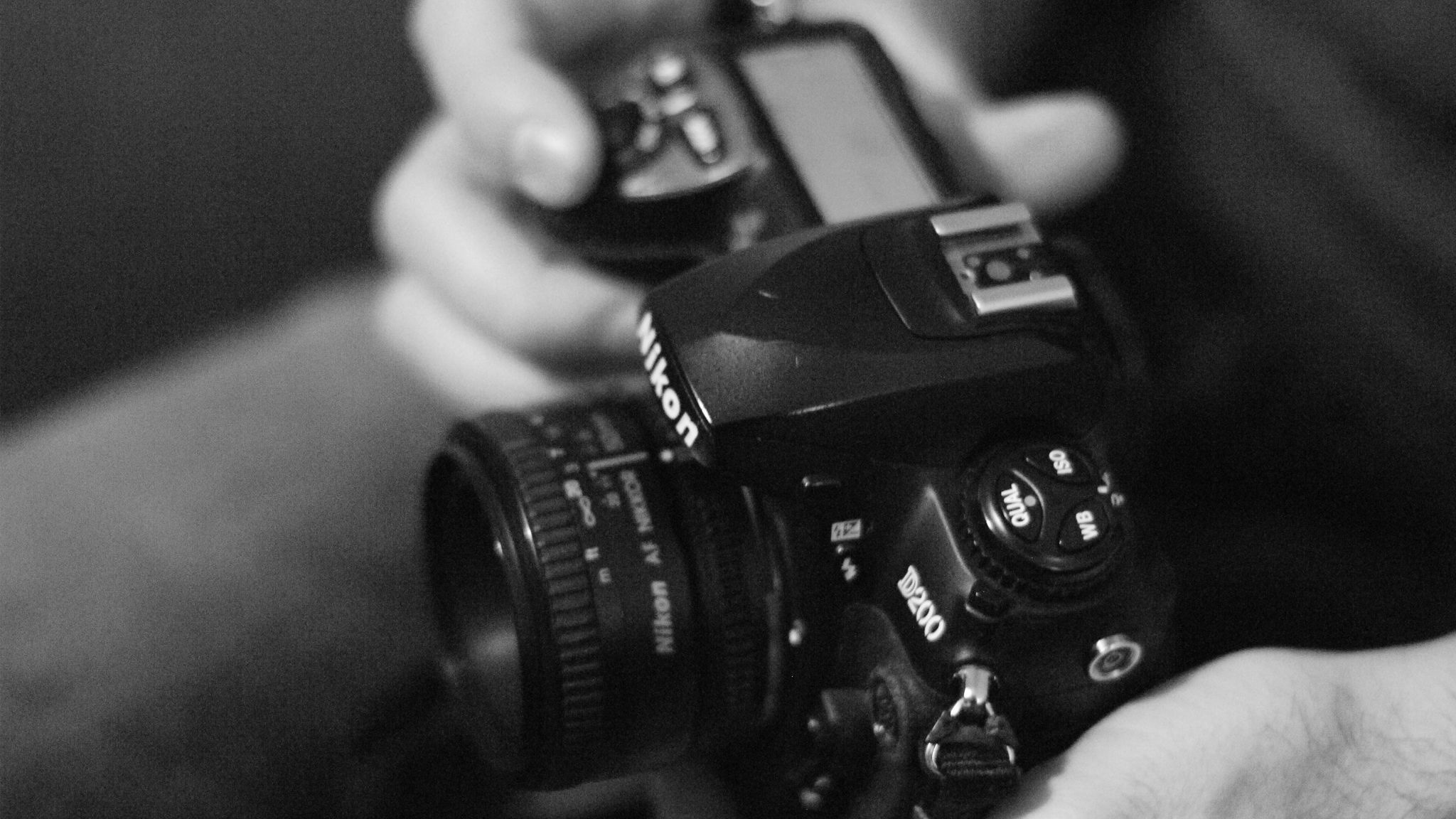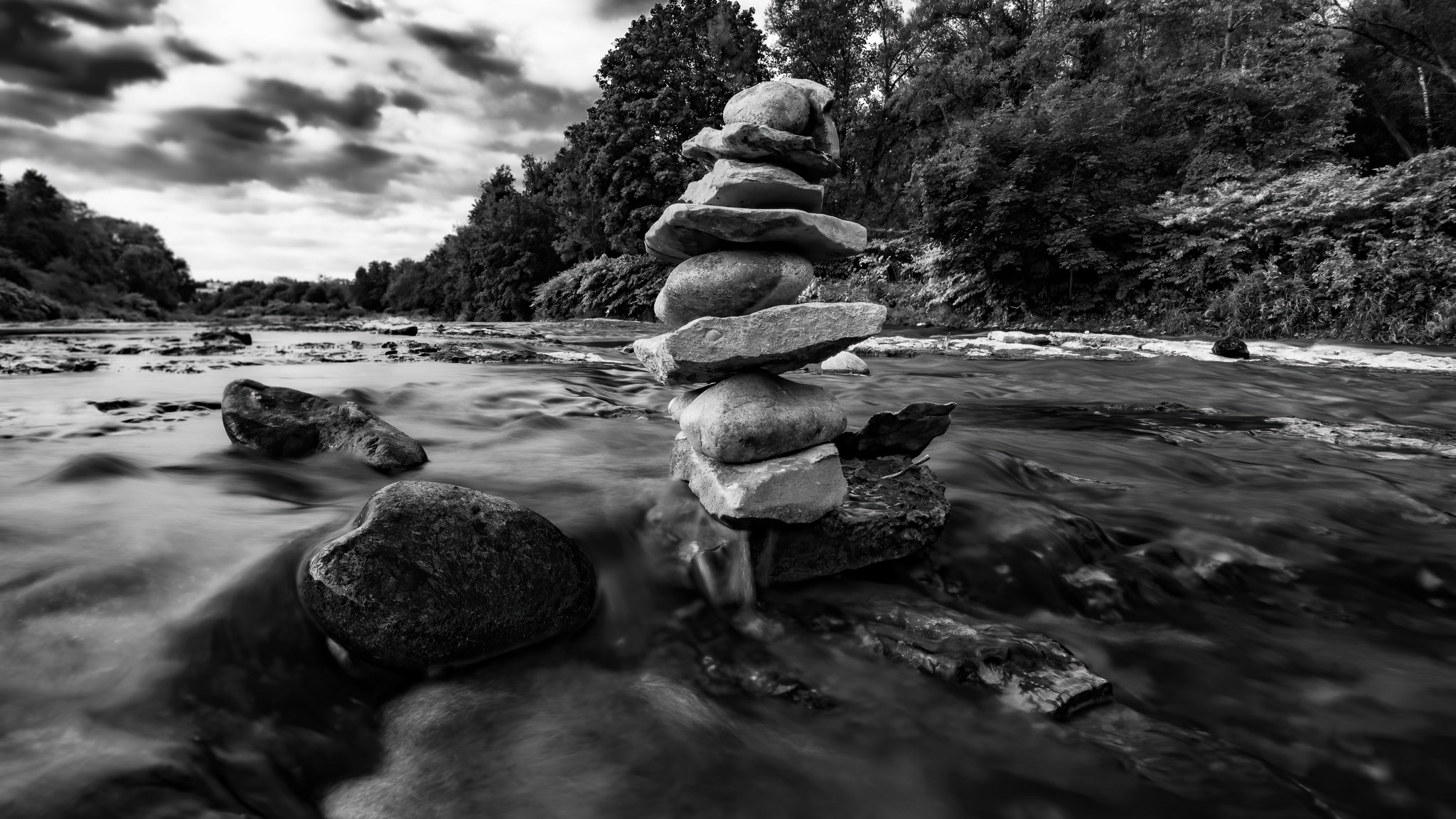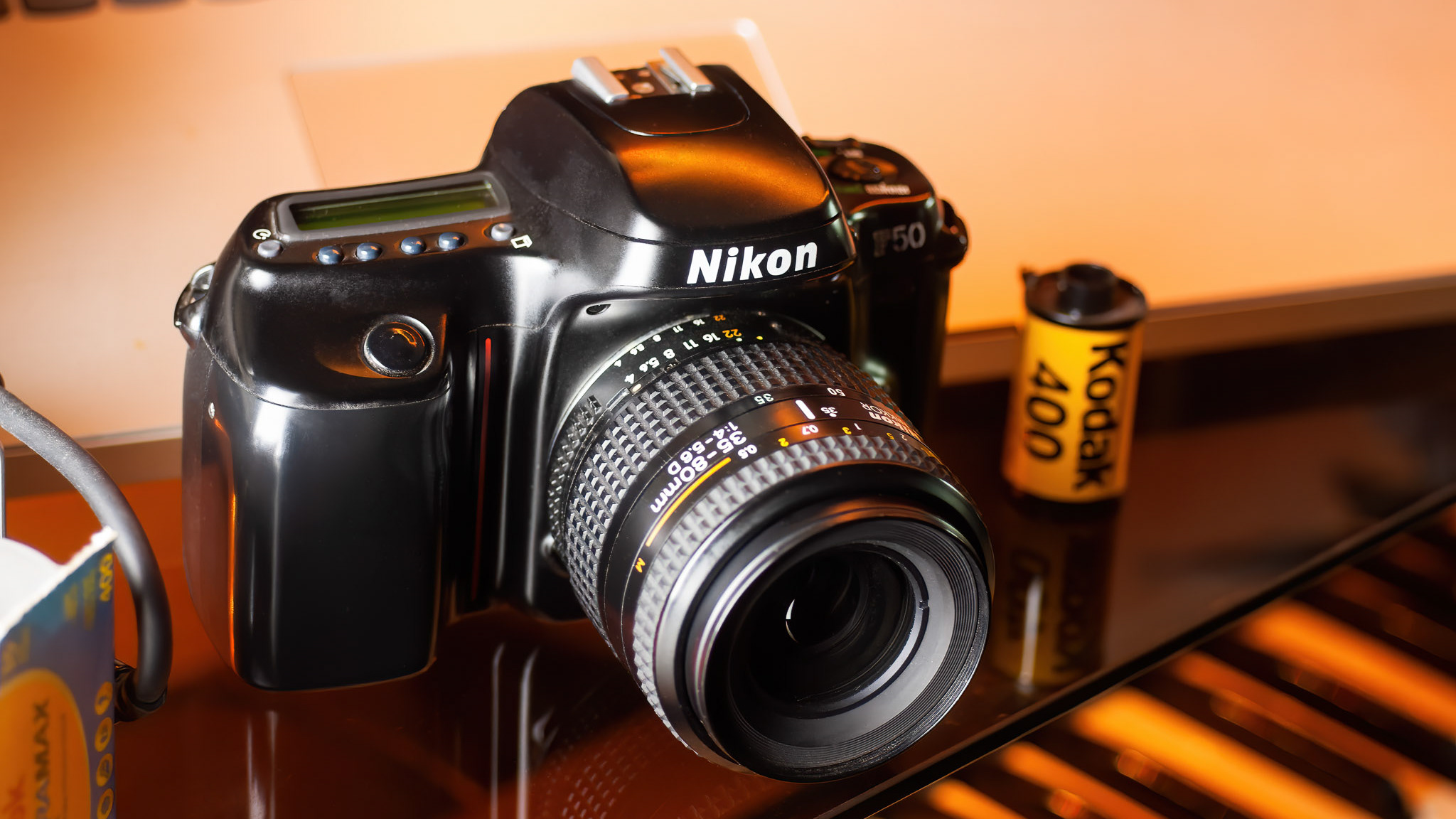I got this lens on Ebay for Minolta / Sony A-mount. The Sigma 500mm F/7.2 APO AF is a 35 years old AF lens. Basically, it is a 400mm f/5.6 with integrated x1.25 teleconverter. You could buy it in the 90s for 500bucks and it really didn't turn heads at the time.
Age is a disease... The stupid Sigma Zen coating was litteraly disintegrating. Had to spend 3 hours removing it, and it's not totally done yet. But it will, and this lens will look quite pretty. The glass is not too bad. There is some dust, no fungus, and likely no balsam separation or foggy element that the naked eye can see. First thing you notice is how compact this lens is. It's smaller than the 135-400 and not very heavy: 1.1kg. Feels nice to walk with a 500mm that is lite. But as we'll see later, it requires a tripod even with the body stabilization, which annihilates the weight advantage.
Anyways, after cleaning, it turned out that lens suffered some extreme back focus. Even with AF fine tune set to -20 on the A77, there is still a little backfocus. The fact you need to shoot this lens at least at F/11 to get some sharpness helps with that problem: there is a more comfortable depth of field.
Like all Sigma lenses of that era, it suffers some weird spherical and chromatic aberration; color fringing definitely is an issue. It can be somehow mitigated in post.
AF is not bad in good light but it’s better to set the AF motor to slow. On a static contrasted subject it’s OK if you don’t shake… On a tripod (almost mandatory) it’s much better. Manual focusing is not easy: the action is super short, and since it’s old, the mechanism is basically moving freely: if you blow on the focus ring, it will move. When I disassemble it to adjust the internal focusing element to neutralize the back focus and clean the glass, i’ll try to make it more resistant.
This is not a sharp lens at base aperture, and contrast is not great either, especially micro contrast, even if you manually nail focus perfectly. F/11 is the minimum aperture to get acceptable sharpness. It also makes the spherical aberration less of an issue and contrast is greatly improved. It keeps improving until you reach the sensor diffraction limit.
Mounted on the A77 II, 0nly the center AF point is working due to it being an F/7.2 lens. Overall, I’m happy with the images I got from this very inexpensive old lens.F/11 requires a lot of light, and on a long lens you need speed to reduce hand blur. The way to go with this lens is to crank the ISO up (ISO noise isn’t really a problem anymore, blabla blabla I already said that many times). Even with the body stabilization and tripod, you need fix to freeze what you’re likely to shoot with a 500mm that behaves like a 750.
You can judge by yourself with the photos. All were imported in LR, sent to DXO Photolab for basic processing (denoise prime, fine contrast, purple fringing, cropping), sent back in LR for the final processing. A few were also processed in Topaz sharpen AI on a 50% transparent layer (the gulls I shot hand held were soft. The AF struggled). My usual workflow. Nothing fancy or special.
For 89 bucks, it’s a lens you can buy if you occasionally need 500mm and don’t want to spend big money. That is if you can find one with good glass. They aren’t super common, lots of them have fungus or fogged internal elements, and ALL of them have the stupid sticky disintegrating Sigma Zen coating.
